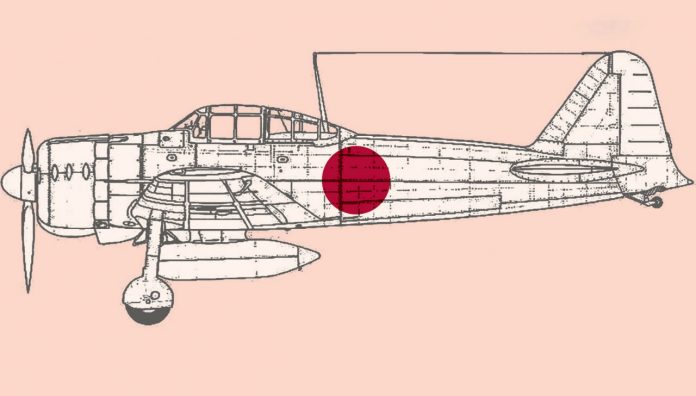Since the 1940s, methamphetamine has been one of the most widely used and abused drugs worldwide due to its addictive qualities.
Methamphetamine was first synthesised during the late 19th Century in Japan, where researchers were looking to find ‘wonder drugs’. These chemists, mostly trained in Germany, brought back techniques and applied them to traditional medicines. It was through this effort that in 1893 Nagai Nagayoshi, who had previously formulated ephedrine from the ephedra plant in 1885, became the first person to formulate methamphetamine from ephedrine. But methamphetamine would remain relatively unknown until a student of Nagayoshi in Tokyo in 1919, Akira Ogata, would use an iodine and red phosphorus process (much simpler than earlier techniques) to produce the first crystal methamphetamine, the basis for the modern use of the drug.
How it works
When ingested, methamphetamine works on nerve endings in the brain to release neurotransmitters dopamine, norepinephrine and serotonin, as well as increasing heart rate and blood pressure. Oral ingestion (via smoking or snorting) is the preferred way of dosing in its illicit use today, due to the intensity of the ‘high’.
Following its formulation as crystal methamphetamine, the drug was licenced to British firm Burroughs Wellcome & Co for the treatment of depression. But the real revolution came in 1934 when German company Temmler formulated methamphetamine into tablets marketed as Petavin which would become standard issue in the German Wehrmacht and Luftwaffe during World War II, to help keep soldiers and pilots alert.
In Japan, methamphetamine was marketed as Philopon (from the Greek phrase ‘he who loves work’) and was also used extensively by the military and civilians working in factories to stay alert for extended periods.
Following World War II, Japan was the first country to see widespread abuse of the drug when millions of doses were released from military stores and used voraciously by the population. In 1951, Japan became one of the first countries to implement laws to restrict the production of methamphetamine. But by 1954, 3.8% of the population were still regular users. In the USA, post-war methamphetamine was marketed as Obetrol, a diet pill, until the 1960s saw increasing restrictions, finally ending in methamphetamine being banned for non-medical uses.
In Australia, illicit methamphetamine use skyrocketed in the early 2000s. In a 2013 study, 1.3 million Australians reported using methamphetamine in their lifetimes, about 7% of the population (compared to 4% of US citizens in a comparable study). In recent years the percentage of the population reporting to be using methamphetamine has dropped from 2.1% (2013) to 1.4% (2016), but use has increased among people in the 14–24 age bracket, with rural Australians more likely to be using methamphetamine.
References
- Yamakawa, K. History of a Hundred years of pharmaceutical education in Japan. The Journal of Japanese History of Pharmacy [Yakushigaku zasshi]. February 1994. 29(3) 446-62. At: https://www.ncbi.nlm.nih.gov/pubmed/11613512
- It has been theorised Nagayoshi was trying to formulate a similar drug to cocaine as Sigmund Freud’s ‘Uber Cocoa’ had been published the year before in 1884 and had helped drugs to promote alertness gain popularity. At: http://theappendix.net/posts/2013/08/how-drugs-get-discovered
- Laskow, S. The Atlantic. Brewing Bad: The All-Natural Origins of Meth. 2014. At https://www.theatlantic.com/technology/archive/2014/10/brewing-bad-the-all-natural-origins-of-meth/381045/
- Breen, B. The Appendix. Meiji Meth: the Deep History of Illicit Drugs. 2013. At http://theappendix.net/posts/2013/08/how-drugs-get-discovered
- Kish, Stephen J. Pharmacologic mechanisms of crystal meth. Canadian Medical Association Journal. 2008. 178(13) 1679-82. At: http://www.cmaj.ca/content/178/13/1679.short
- Tansey, E M. Medicines and men: Burroughs, Wellcome & Co, and the British drug industry before the Second World War. Journal of the Royal Society of Medicine. 2002. 95 (8). 411-416.
- Hurst, F. Der Spiegel. The German Granddaddy of Crystal Meth. 2013. At https://www.spiegel.de/international/germany/crystal-meth-origins-link-back-to-nazi-germany-and-world-war-ii-a-901755.html






 ‘We’re increasingly seeing incidents where alert fatigue has been identified as a contributing factor. It’s not that there wasn’t an alert in place, but that it was lost among the other alerts the clinician saw,’ Prof Baysari says.
‘We’re increasingly seeing incidents where alert fatigue has been identified as a contributing factor. It’s not that there wasn’t an alert in place, but that it was lost among the other alerts the clinician saw,’ Prof Baysari says.








